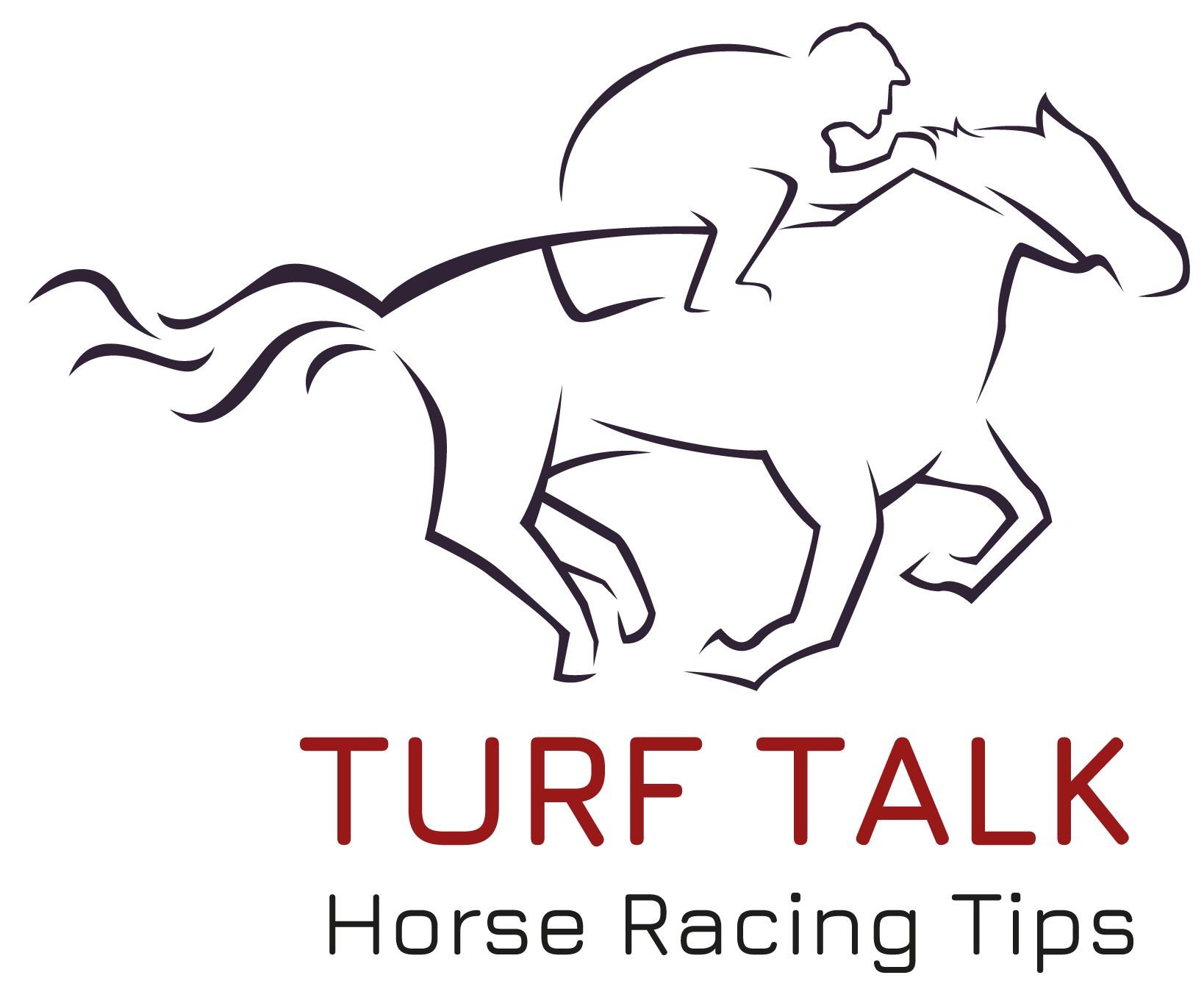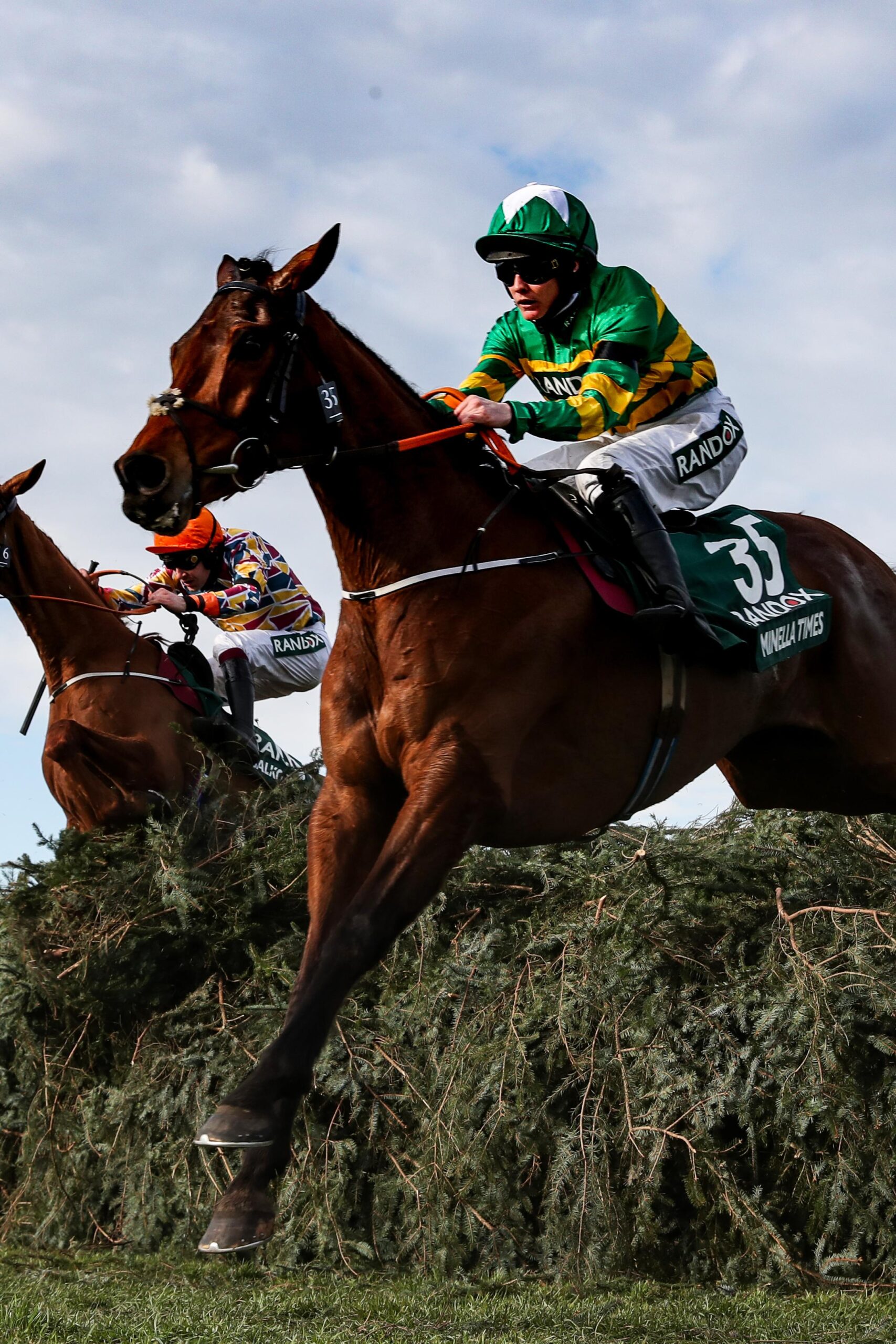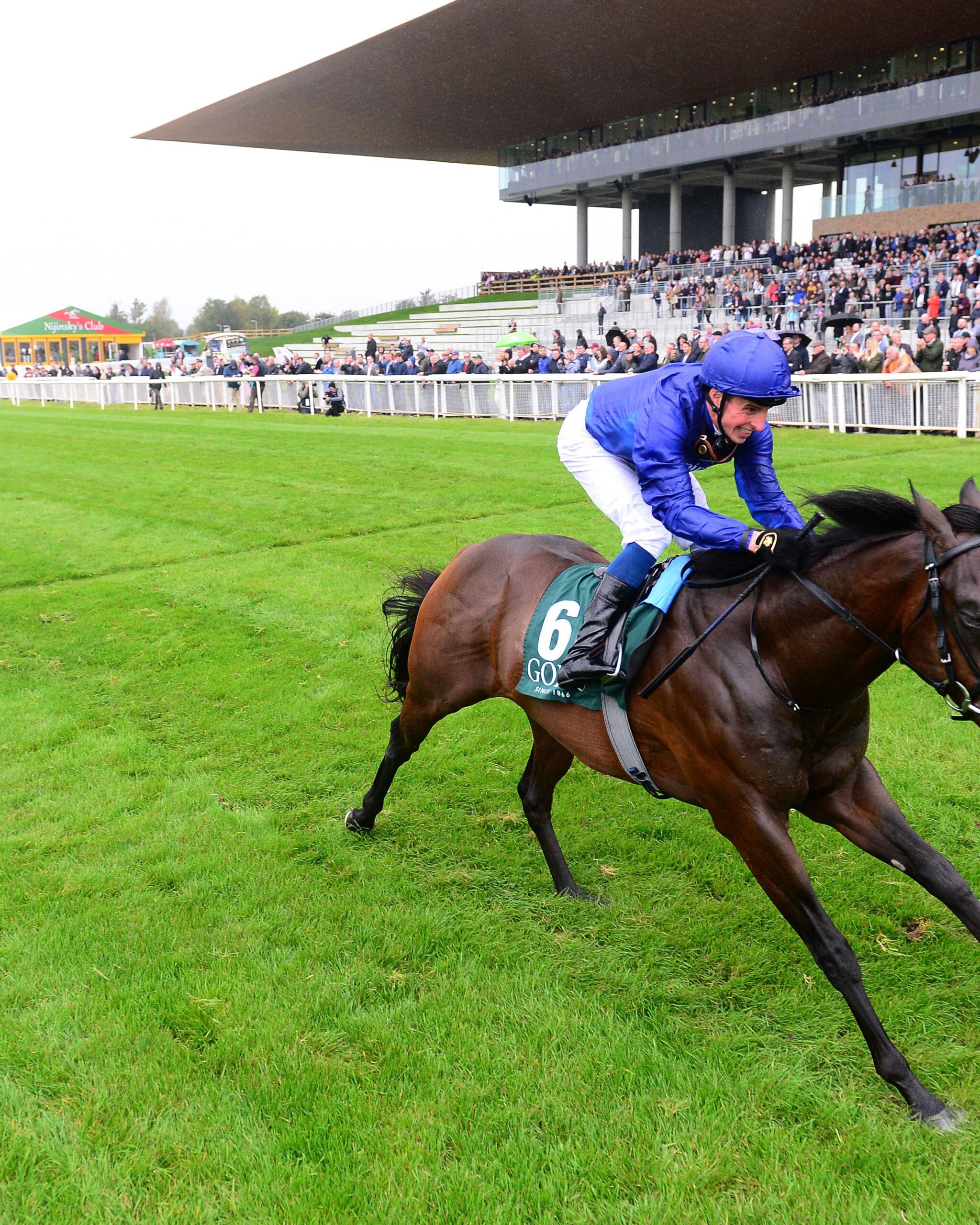National Hunt Racing
To put it simply, National Hunt racing is any racing that takes place over jumps, although there are also National Hunt flat races for young horses to race in before hurdling. The UK and Ireland host more national unt races than any other countries around the world.
Hurdles and Chase (steeplechase) races are different in that hurdles are much smaller and often hurdlers will go on to become chaasers as they gain experience over the smaller obstacles. However, some horses remain over hurdles for their entire career.
National Hunt races are started from a standing start with tape across the track that a starter manually activates to lift once they are happy that the horses have lined up correctly.



